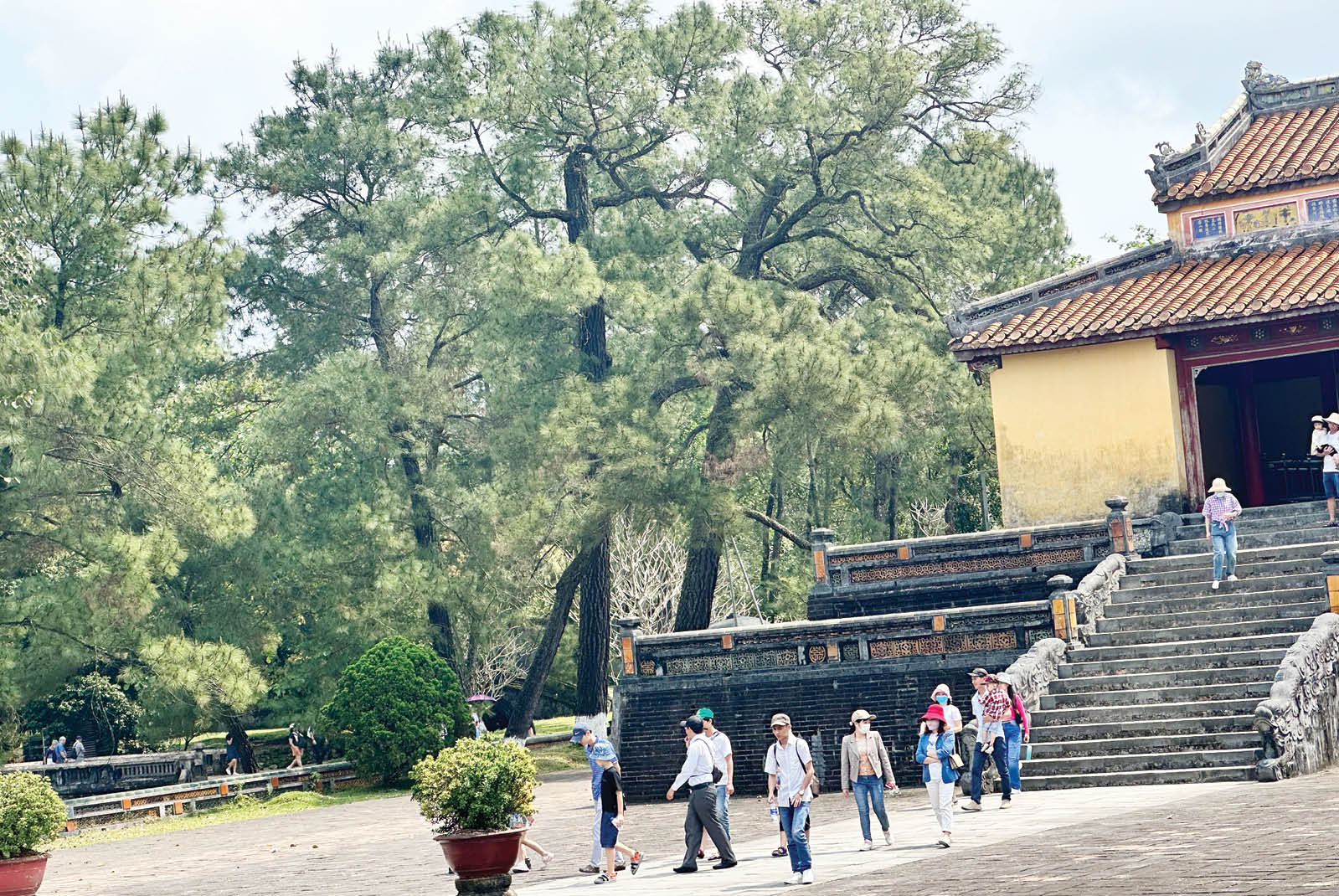 |
| Tourists visit Gia Long tomb. Photo: Ngoc Hoa |
An important economic pillar
Although cultural industry is one of the new clusters in the early stages of development, it has the potential to become an important economic pillar of Hue city. This has been identified in the Planning of Thua Thien Hue province (now Hue city) for the period 2021 - 2030, with a vision to 2050.
Not only does Hue have 89 relics ranked as National Monuments, 106 provincial relics, and 8 national intangible cultural heritages, it is also the locality with the most heritages recognized by UNESCO as World Heritages in the country, with 6 of its own heritages and 2 heritages co-owned with other localities.
In addition, Hue also possesses thousands of other unclassified heritages, from pagodas, temples, communal houses to performing arts, folk festivals, traditional crafts, beliefs, festivals... The system of ancient relics associated with harmonious natural scenery and the colorful life of Hue people is the source of creative inspiration for new cultural products of many different types: films, paintings, fashion, design, performing arts...
Hue heritage also provides a backdrop for cinema, fashion shows, exhibitions, displays of historical and cultural artifacts, and reenactments of historical events, helping to convey stronger and deeper messages to viewers. The richness of special heritage helps Hue attract millions of visitors, bringing in hundreds of billions of VND in revenue from ticket sales and creating a chain of accompanying service values (accommodation, transportation, cuisine, tour guides, art performances, handicraft production, etc.), solving employment and promoting the local economy.
On the contrary, revenue from cultural industries is an important resource for investment in research, preservation, restoration of relics, and reconstruction of heritages at risk of being lost.
A code of conduct for heritage
Through festivals, films and other creative products with strong local identity, Hue's cultural heritage is simultaneously enhanced and widely promoted domestically and internationally. Some films filmed in Hue: Trang noi day gieng, Mat biec, Gai gia lam chieu, Em va Trinh, famous music videos: Khong the cung nhau suot kiep (Hoa Minzy), Chung ta cua hien tai (Son Tung M-TP), or events and festivals associated with Hue's cultural heritage (Hue Festival, King Ham Nghi's Art Exhibition "Troi, Non, Nuoc - Allusive Panorama, Journey of sketching the heritage of the Ancient Capital of Hue, International Photography Festival...) are typical examples of the ability to attract creators to Hue and the spread of Hue's cultural heritage through creative products in recent times. The application of modern technology in the cultural industry, especially 3D technology, virtual reality (VR), augmented reality (AR) and extended reality (XR) has also opened up new approaches to heritage for people and tourists.
The potential of heritage for cultural industry and the benefits that cultural industry brings to heritage and Hue people are easy to see. However, Hue cultural heritage must also face the damage caused by encroachment and distortion if there is no strict control plan during the exploitation process.
Overcrowding and environmental pollution at relic sites due to the large number of tourists, putting pressure on conservation work as well as visitors' experiences. Heritage elements separated from the cultural context to serve tourism (such as Hue singing, royal music, cuisine, etc.) also easily lose their originality. Some film scenes and music videos are overly fictional, the setting is not set up according to history, the costumes and details are not suitable for the solemn space of the relics, which is also a reality,... all of which are posing a question for Hue about heritage protection in the process of developing cultural industries.
Source: https://huengaynay.vn/van-hoa-nghe-thuat/di-san-hue-voi-nganh-cong-nghiep-van-hoa-155983.html


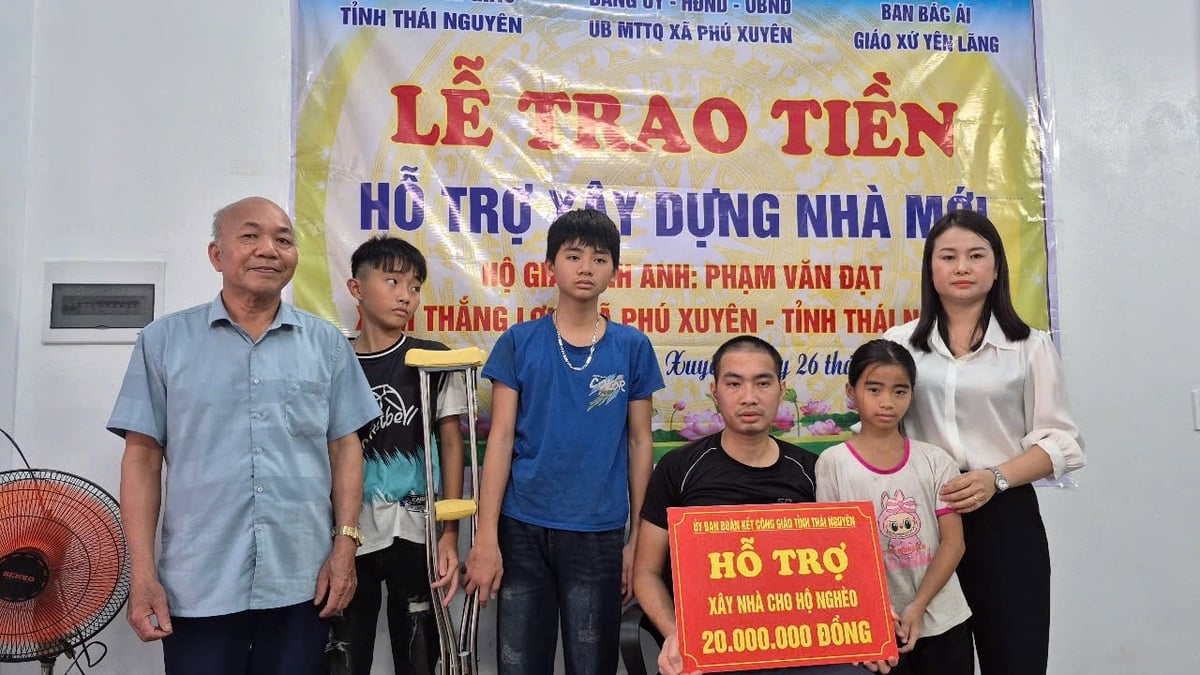
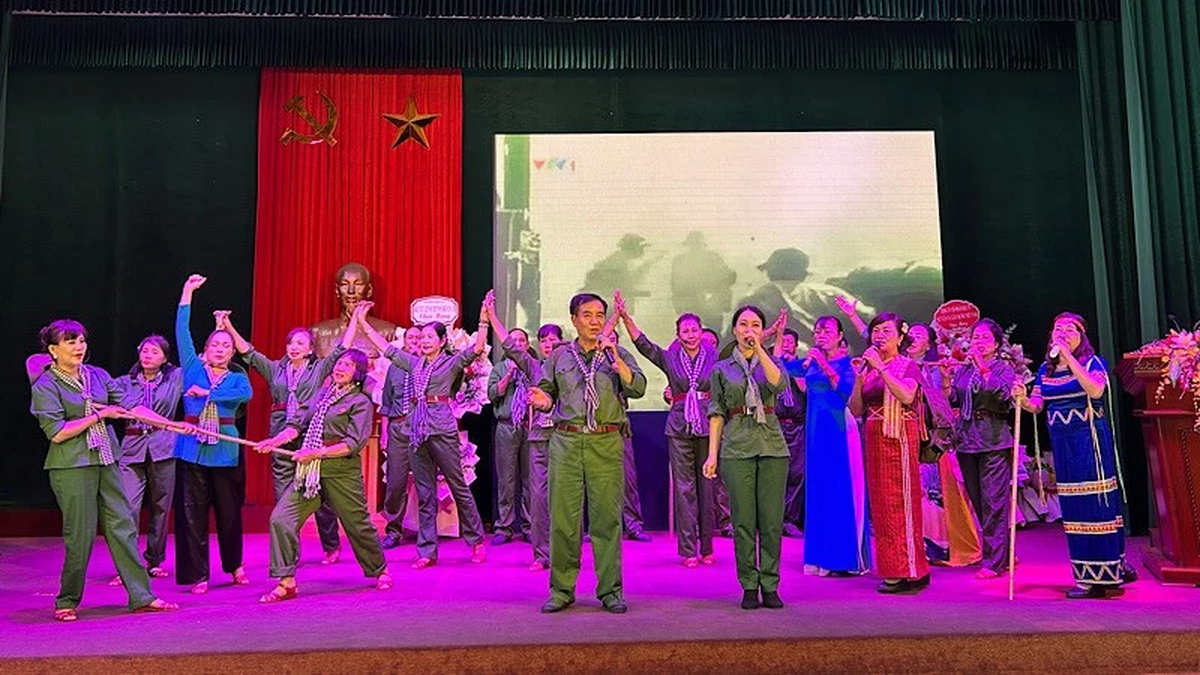
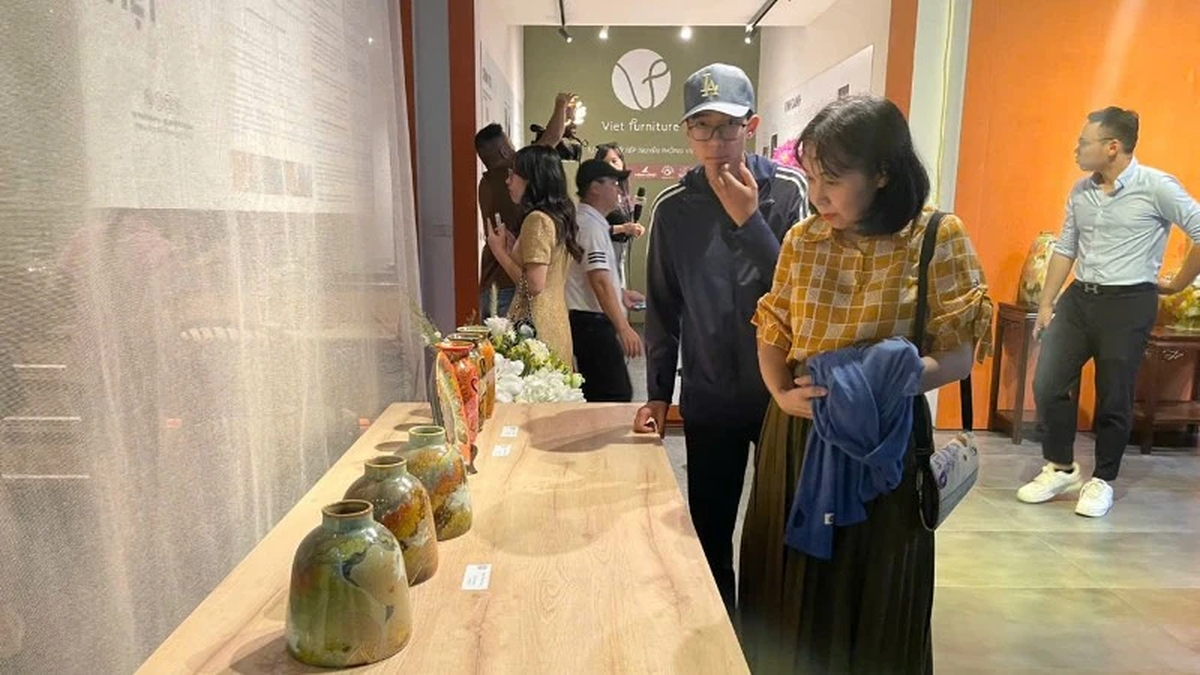


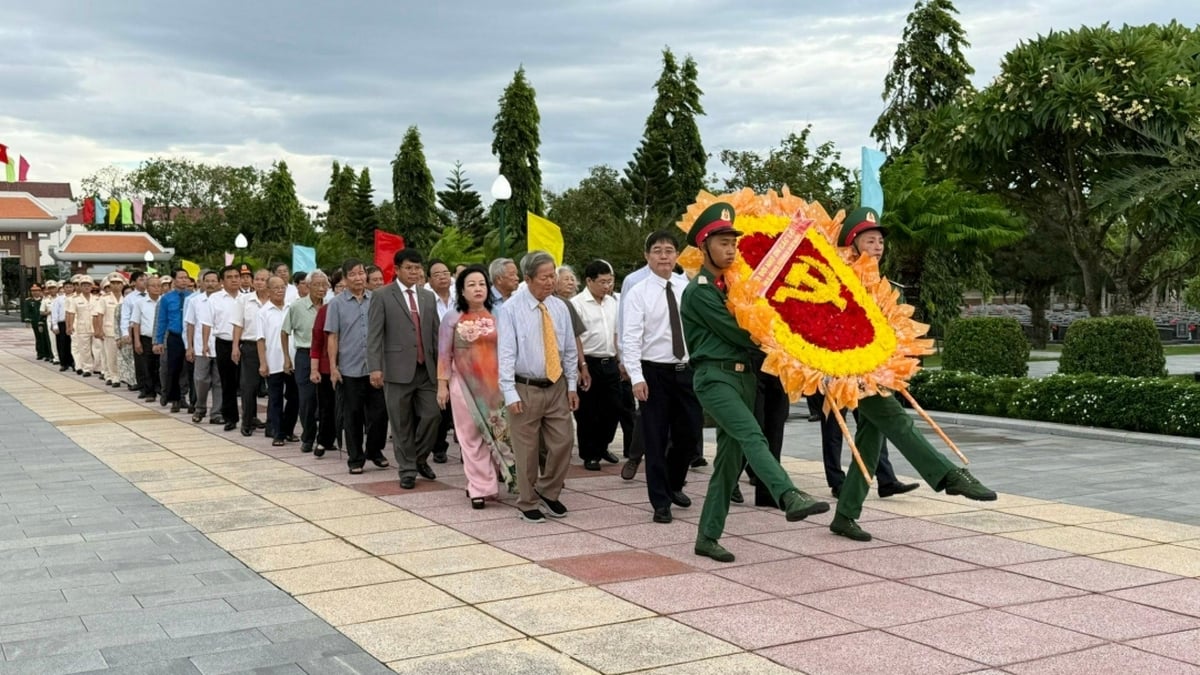



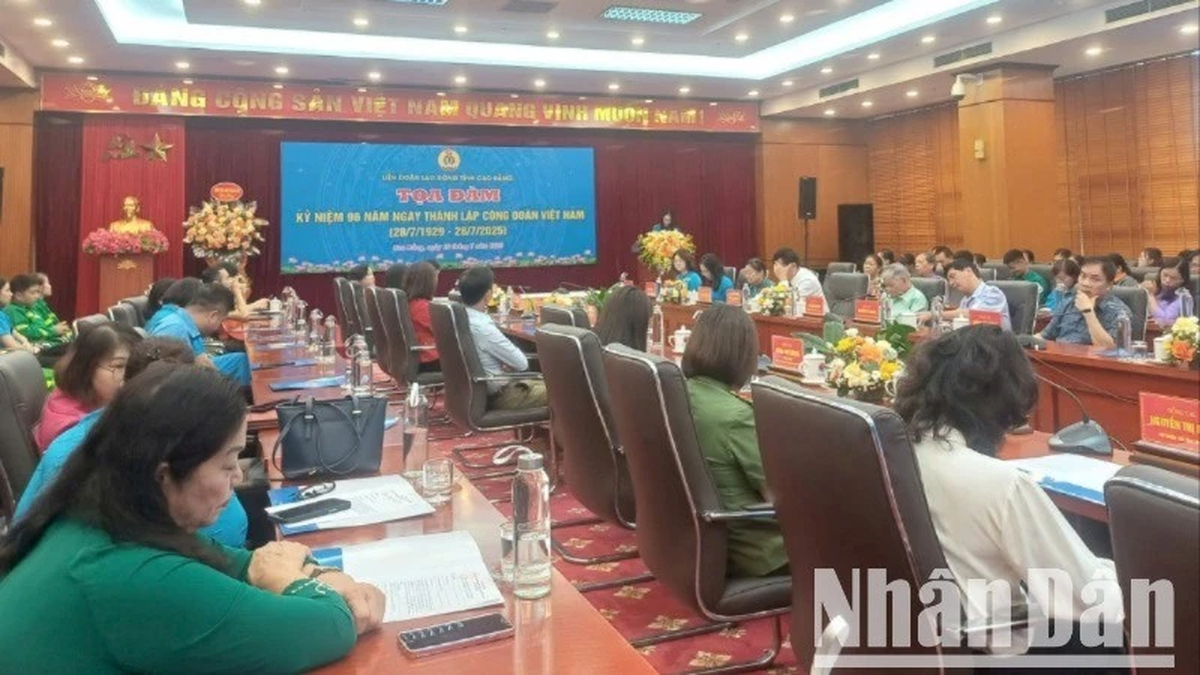
















![[Photo] Signing of cooperation between ministries, branches and localities of Vietnam and Senegal](https://vphoto.vietnam.vn/thumb/1200x675/vietnam/resource/IMAGE/2025/7/24/6147c654b0ae4f2793188e982e272651)



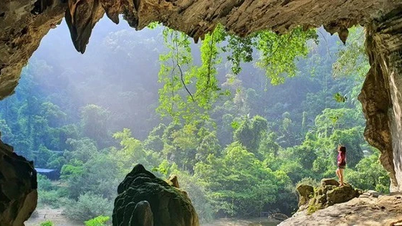

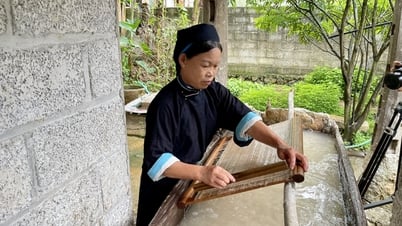

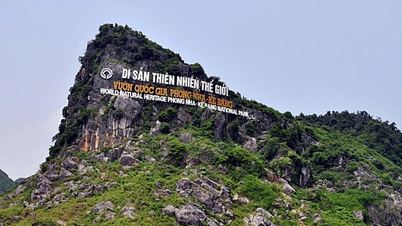



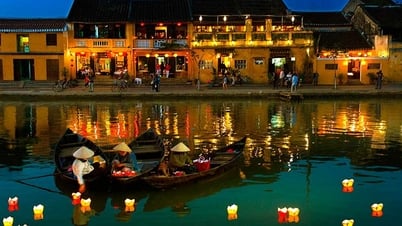







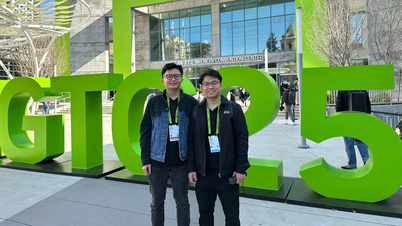

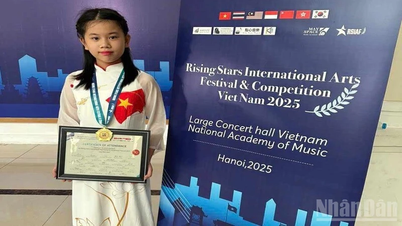























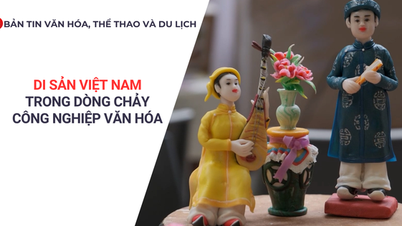



























Comment (0)